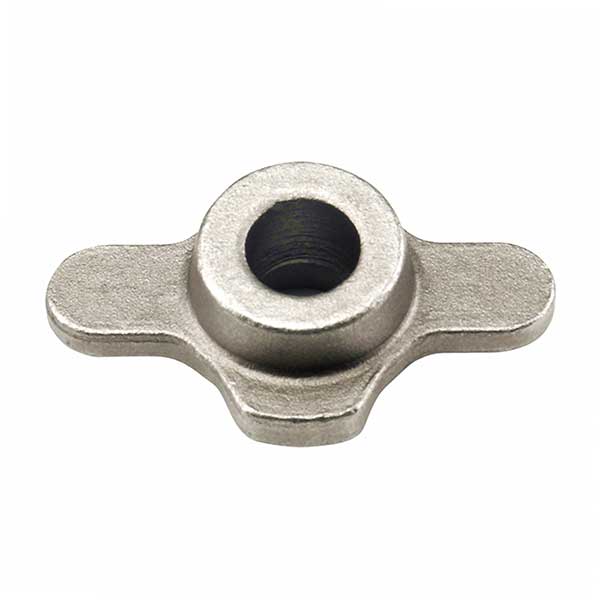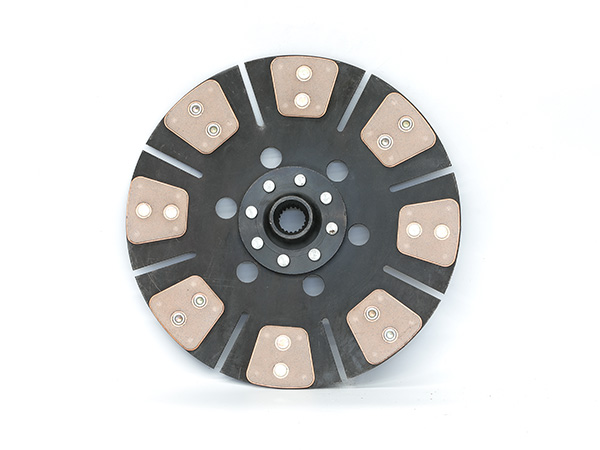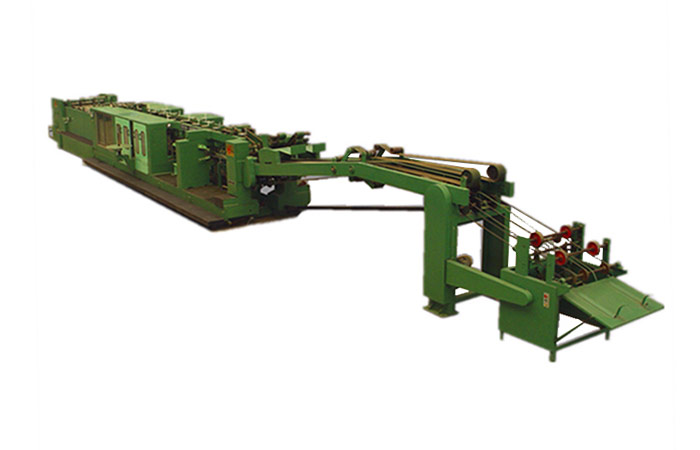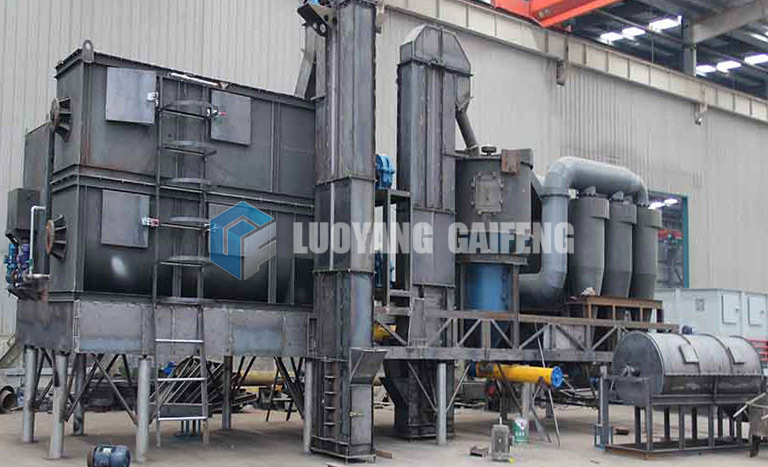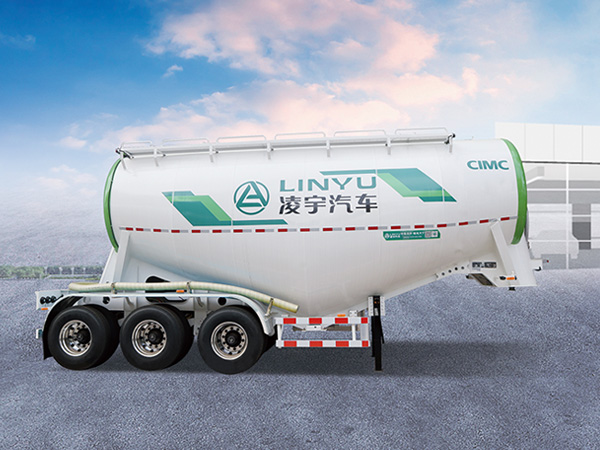https://www.ls-casting-mold.com/wp-content/uploads/2021/06/高压球机7.jpg
400
600
lsmojv
http://www.ls-casting-mold.com/wp-content/uploads/2018/12/lslogo-300x138.png
lsmojv2023-03-08 09:41:142023-03-08 09:41:14What are metal briquettes used for?
https://www.ls-casting-mold.com/wp-content/uploads/2023/01/轴叉锻件.jpg
800
800
lsmojv
http://www.ls-casting-mold.com/wp-content/uploads/2018/12/lslogo-300x138.png
lsmojv2023-03-02 09:21:092023-03-02 09:21:09WHAT ARE THE TYPES OF FORGINGS FOR AGRICULTURAL MACHINERY PARTS?
https://www.ls-casting-mold.com/wp-content/uploads/2022/08/Harmonic-Reducer-Bearing.jpg
700
700
lsmojv
http://www.ls-casting-mold.com/wp-content/uploads/2018/12/lslogo-300x138.png
lsmojv2023-03-02 09:03:542023-03-02 09:03:54How to maintain the wire raceway bearings
https://www.ls-casting-mold.com/wp-content/uploads/2022/06/IMG_6351.jpg
400
600
lsmojv
http://www.ls-casting-mold.com/wp-content/uploads/2018/12/lslogo-300x138.png
lsmojv2023-03-01 16:44:422023-03-01 16:44:42How to choose excavator slewing bearing manufacturers
https://www.ls-casting-mold.com/wp-content/uploads/2023/02/1Z4A4080-e1675922944857.jpg
400
600
lsmojv
http://www.ls-casting-mold.com/wp-content/uploads/2018/12/lslogo-300x138.png
lsmojv2023-03-01 16:27:422023-03-01 16:27:42What is the difference between a clutch and a clutch kit
https://www.ls-casting-mold.com/wp-content/uploads/2022/02/12-e1645582658515.jpg
600
600
lsmojv
http://www.ls-casting-mold.com/wp-content/uploads/2018/12/lslogo-300x138.png
lsmojv2023-03-01 16:15:272023-03-01 16:15:27What are the factors that affect the price of vertical grow racks
https://www.ls-casting-mold.com/wp-content/uploads/2022/08/paper-tube-machine-2.jpg
376
495
lsmojv
http://www.ls-casting-mold.com/wp-content/uploads/2018/12/lslogo-300x138.png
lsmojv2023-03-01 15:10:162023-03-01 15:10:16What are the process flow of valve bag making machine
https://www.ls-casting-mold.com/wp-content/uploads/2022/02/移动氢氧化钙生产线7-e1644565056663.jpg
529
600
lsmojv
http://www.ls-casting-mold.com/wp-content/uploads/2018/12/lslogo-300x138.png
lsmojv2023-03-01 14:49:042023-03-01 14:49:04WHAT IS THE PROCESS FLOW OF THE CARBON DIOXIDE PRODUCTION DEVICE
https://www.ls-casting-mold.com/wp-content/uploads/2022/02/Vibrating-Screen4-1.jpg
450
600
lsmojv
http://www.ls-casting-mold.com/wp-content/uploads/2018/12/lslogo-300x138.png
lsmojv2023-03-01 14:35:262023-03-01 14:35:26How much is a vibrating screen
https://www.ls-casting-mold.com/wp-content/uploads/2021/07/搅拌P13-14.jpg
450
600
lsmojv
http://www.ls-casting-mold.com/wp-content/uploads/2018/12/lslogo-300x138.png
lsmojv2023-03-01 14:09:242023-03-01 14:09:24What are the roles of cement bulk carriers in the construction industry
Scroll to top


